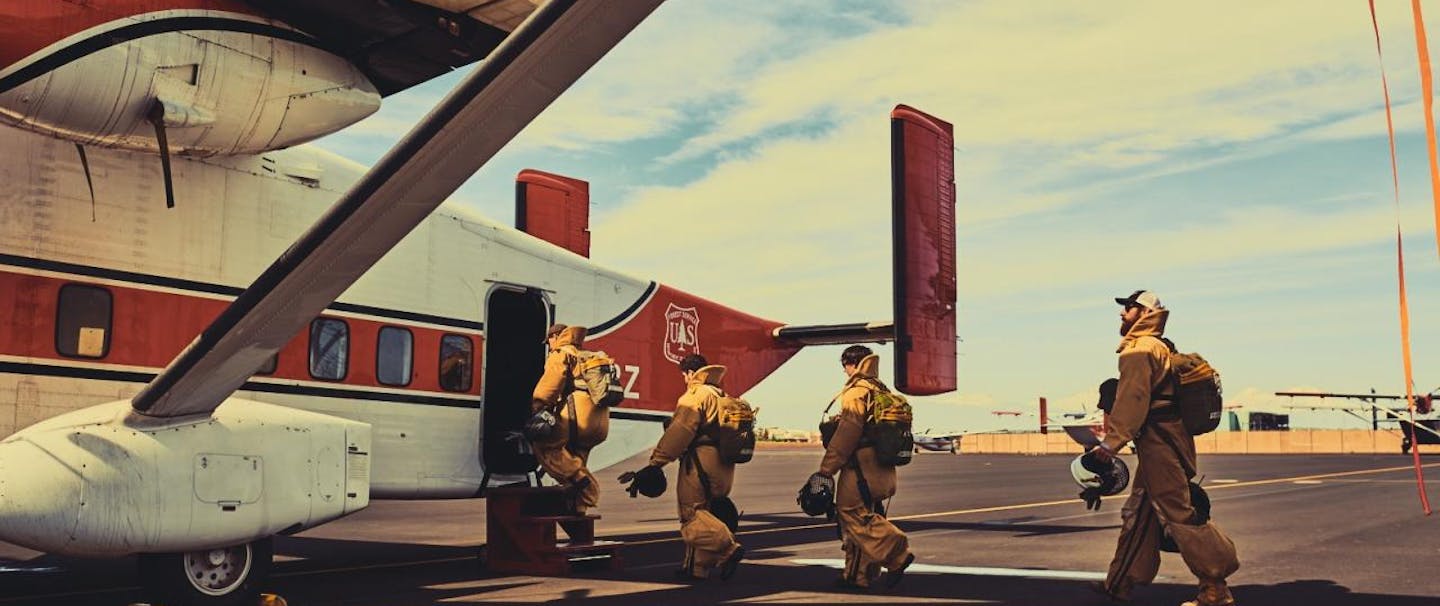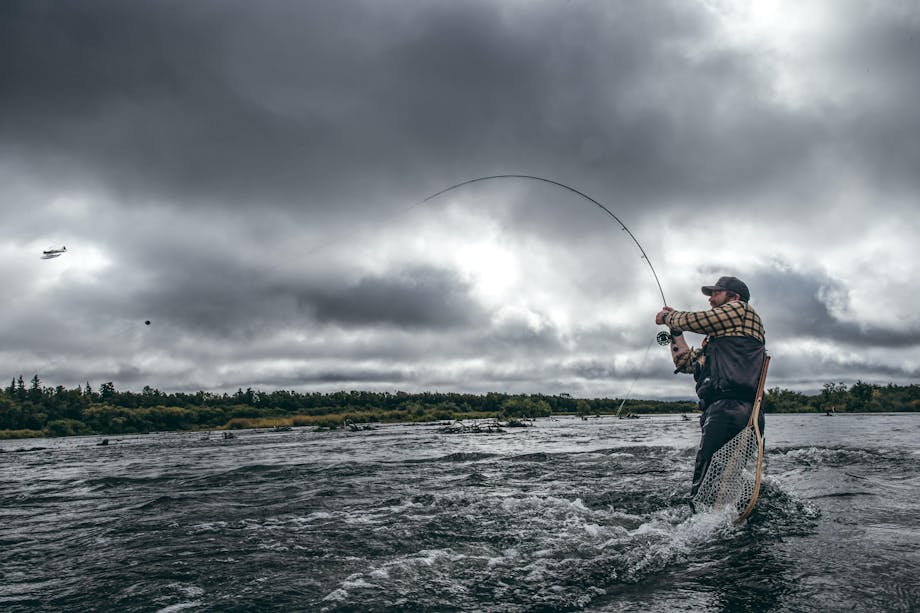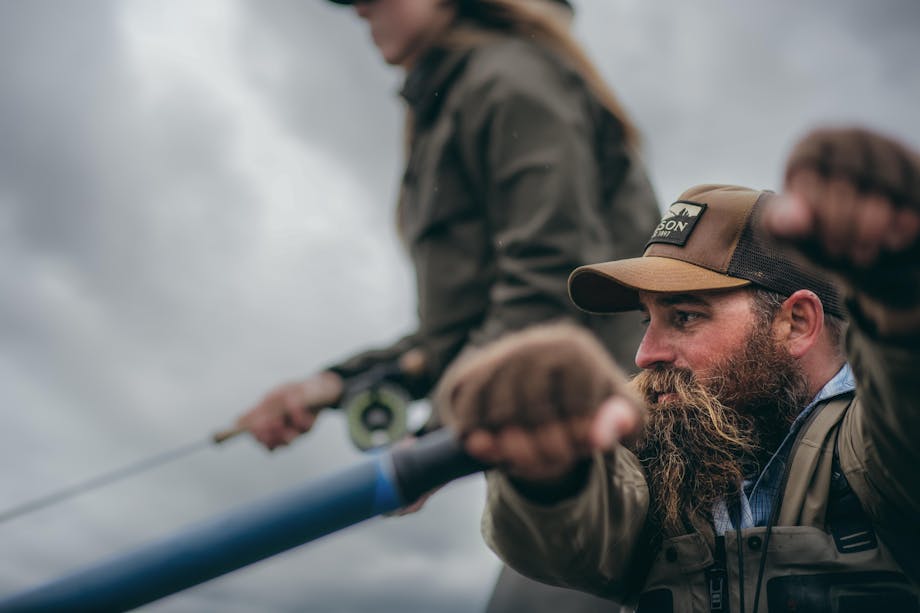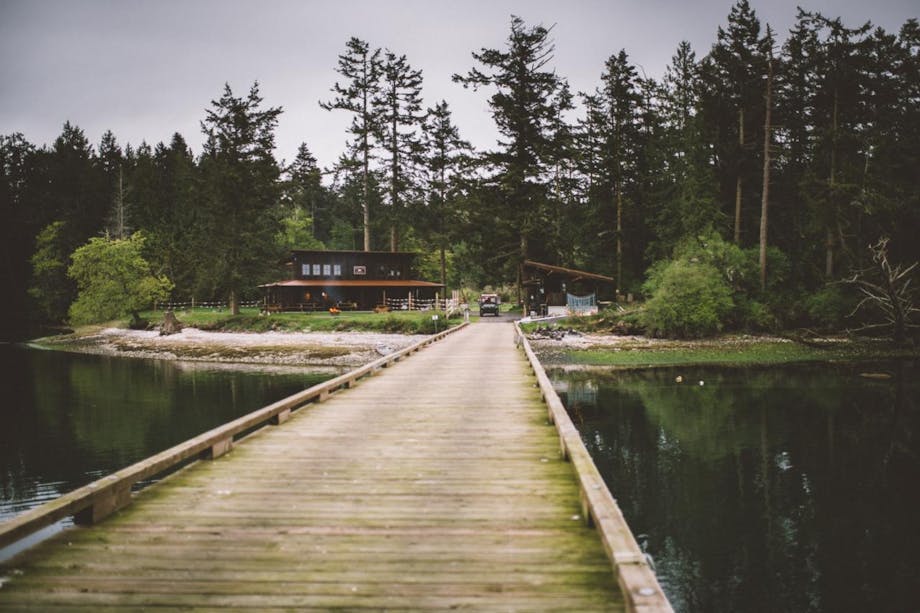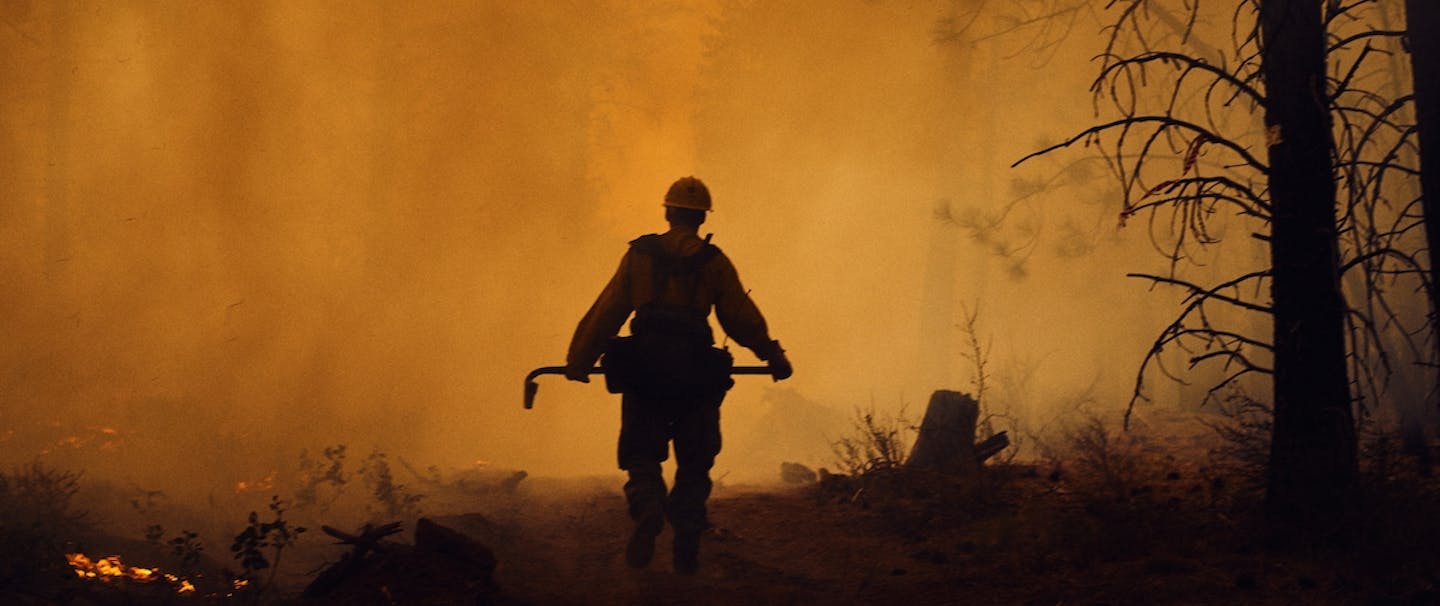When it’s fire season, you don’t buy concert tickets. You don’t make dates. You miss your kid’s birthday.
When you’re at the top of the jump list, you don’t go out of range of the alarm. You stay on the base. Send friends to pick up your family at the airport. You don’t take your boots off. You wait.
“All day long, you’re this coiled spring that’s waiting for that [alarm] just to sound off.”
That’s Jarret Carle. Six foot five. Red hair. Fantastic beard. A healthy community of crow’s feet gather around his eyes. He wears an uncompromised grin.
Carle is a smokejumper. He jumps out of airplanes and fights fire without water. He doesn’t think that’s brave.
“I think bravery is running into a house to save a child, you know? This is just what we’re trained to do. And this is what we want to do.”
“I think bravery is running into a house to save a child, you know? This is just what we’re trained to do. And this is what we want to do.”

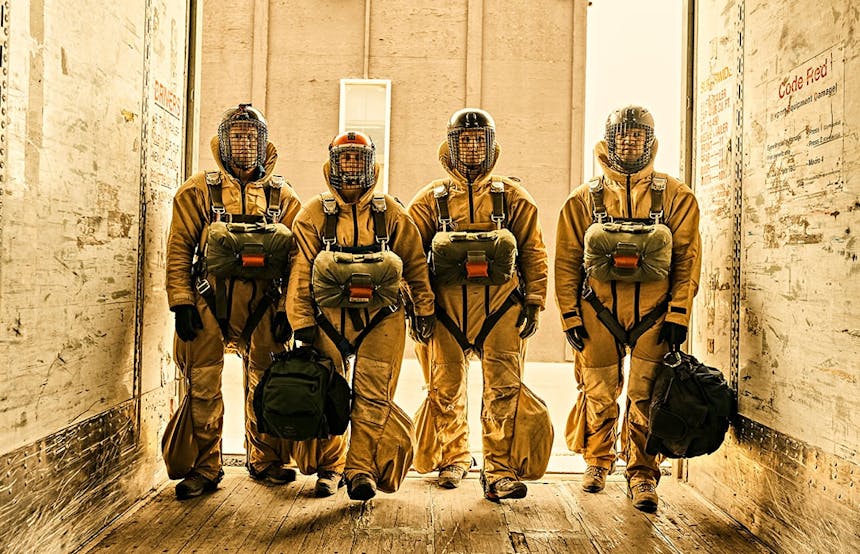
When the alarm finally goes off, you get into the airplane wearing 75 pounds of gear. Two parachutes.
In the air, you circle the fire and size it up. Spotters toss streamers to test the wind and look for a place for jumpers to land. Then you start the descent.
If you’re at the top of the list, you’re the one in charge. It doesn’t matter if the jumper behind you has been jumping for 20 years and you’ve been in the air for two. If you’re the first one out of the door, it’s your fire.
“Fire jumps are such a precious thing to all of us,” Carle says. “We jump a fire. We put them out. And we want to get back so we can get back on the jump list.”
For nearly 80 years the Forest Service has deployed smokejumpers to parts of the 193 million acres under its charge that are hard to reach by trails and roads. Most of the fires are small, usually started by lightning. Their job is to kill them before they become catastrophes.
A practice born in Washington State’s North Cascades in the 1930s, today roughly 500 smokejumpers work for USFS and the Bureau of Land Management at nine bases between Alaska and California. Carle is a member of the Redmond Smokejumpers in Redmond, Oregon. Founded in 1964, Redmond has responded to an average of 86 fires a season for the last decade.
Redmond’s jumpers come from all over the country and as many disciplines. Some have degrees in engineering. Some skydive on their days off. Some, like Carle, fought forest fires on non-airborne hotshot crews before they moved into the sky.

When they’re not in the air, smokejumpers manufacture and repair their own gear. They sew. They rig parachutes. They exercise. They train. They watch their name climb the jump list.
The top 10 names on the jump list get in the plane when the alarm goes off. But not every burn is going to take 10 jumpers. It’s common to go up in the plane and come back in the plane. Your name climbs the jump list. You leave your boots on. You don’t put on your Redmond Smokejumper shirt until you jump out of Redmond.
Before you can even get into the plane, you go through weeks of training and physical fitness tests. You jump off of a 30-foot tower, repeatedly, to make sure you won’t hesitate when it’s your turn to jump out the door.
“Once you’re in the plane, there’s no going back,” says Bill Selby, Carle’s boss and the base manager for the Redmond Smokejumpers. “We’ve never had anybody back away from the door.”


On the ground, you collect your gear, much of which is dropped separately by the plane. On his first jump, Carle had to climb 100 feet up a tree to get five gallons of drinking water.
There are no fire hydrants in the middle of the forest, so jumpers fight fire with heavy metal. The choice instrument – the one everyone runs for after they hit the ground – is the chainsaw. The rest wield pulaskis – an axe on one end of the blade and a hoe on the other.
Starting at the heel of the fire, you separate black from green. If the smoke gets so thick that you can’t breathe or see, you get out of it. “You just can’t be productive as a human being in those conditions,” Carle says.
Otherwise, you dig. You cut the fire off from fuel. Keep it from spreading. If the ground is hot, you turn it over and mix it with cool soil.
When the fire’s contained, you set up camp. There’s always Spam. Ravioli. Good coffee. Plus whatever you managed to pull out of the freezer and tuck into your pants pockets in the 300 seconds you had to get into the plane. The rookies cook – if they’re any good at it.
“It’s always a different group. It’s always a different mentality. It’s always a little bit of a different fire we gotta do,” Carle says. “But we’re away from the base. You’re just doing your own thing out there. You’re pretty much left alone, just out in the woods. And it’s awesome.”

The fire’s usually contained within a day and out within two or three. Before you leave, you get down on your hands and knees and touch every inch of ground looking for hot spots.
“If there’s any heat left, we’re gonna stand and we’re gonna take care of it,” Carle says. “We’re not gonna leave until it’s out.”
Once it’s cool, you pack up and hike somewhere that a truck can pick you up – hopefully not more than five or 10 miles. Then you return to base where your name’s at the bottom of the jump list.
And you wait.
